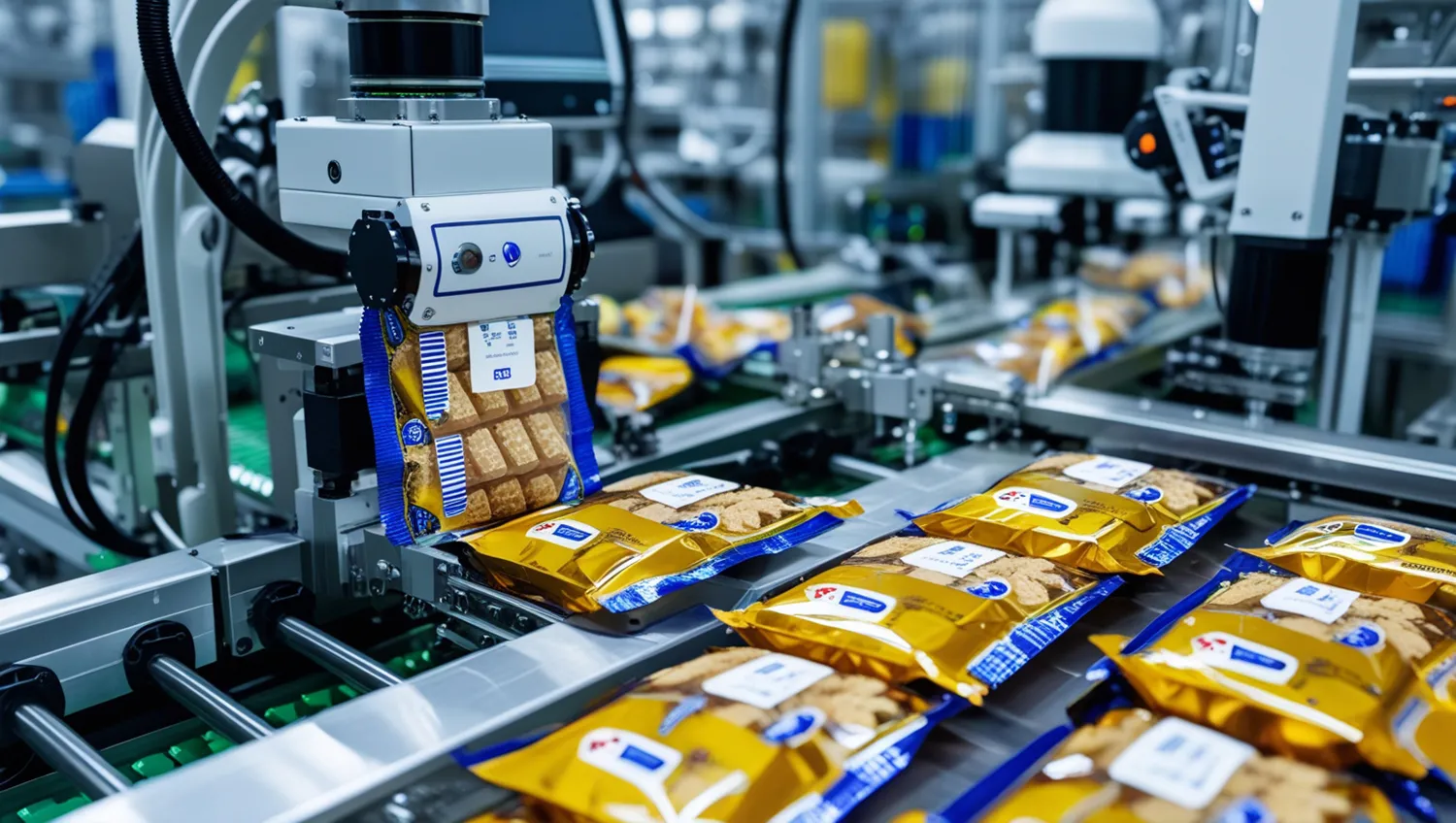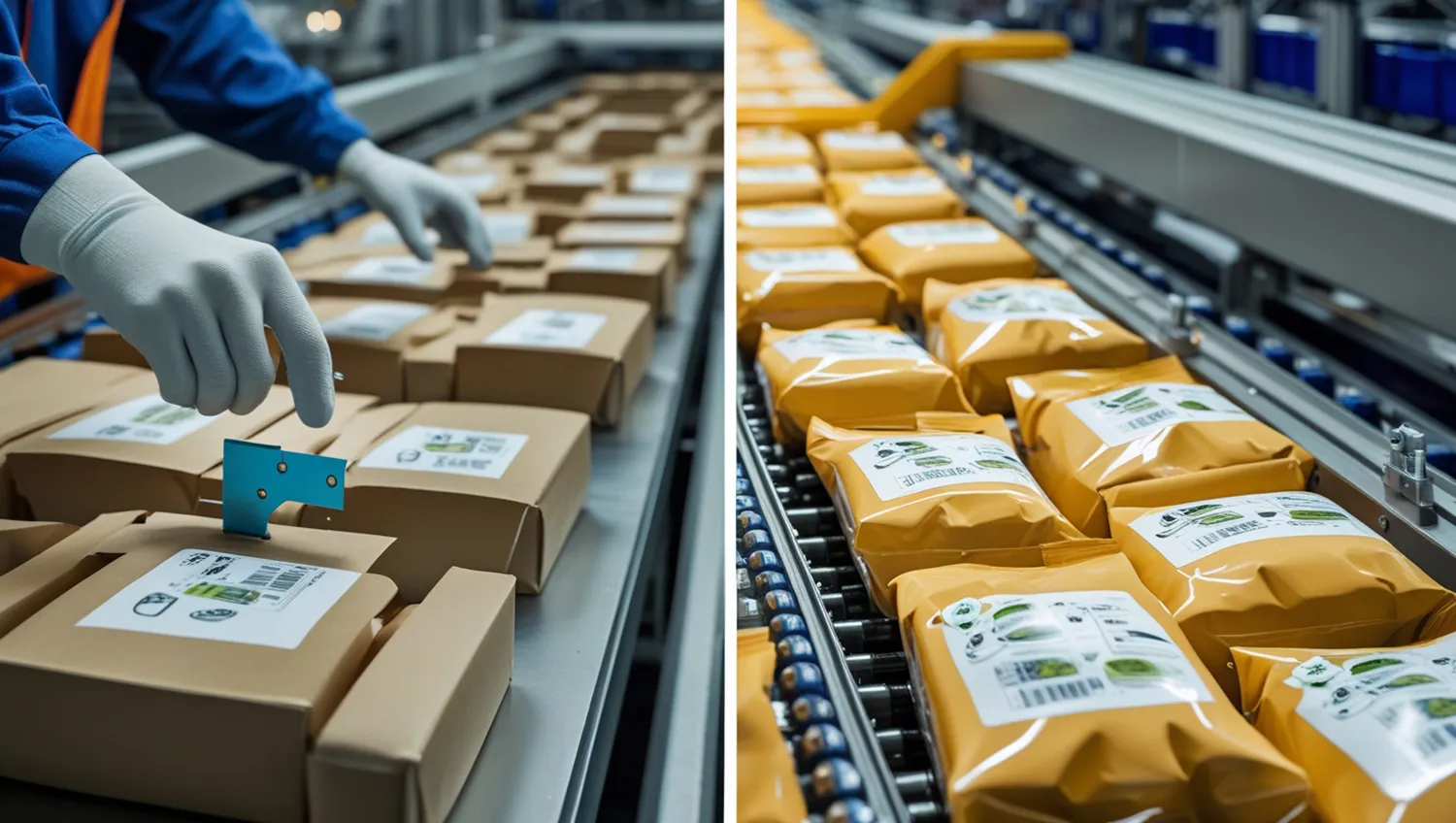Sweet Life Ahead: Russian Companies Test Digital Labeling for Wafers
An experiment in digital product labeling has shown that food manufacturers can adopt advanced traceability technologies without losing productivity, while driving greater transparency in documentation and quality assurance.

Automatic Code Rejection
IT solutions integrator Pervy Bit, together with the Center for Advanced Technology Development, launched a pilot project at Mir Sladostey S, a confectionery plant in Kursk that produces wafers, oriental sweets, and caramel. The goal was to validate the entire production cycle of digital labeling—from printing and applying codes to pack aggregation and release into circulation. The project was part of a broader program to introduce labeling across the “Sweets” product group.
Codes were generated through the Order Management Station (OMS) in the national digital labeling system Chestny Znak and uploaded into 1C:ERP 2.5 with BIT.MDT and BIT.IIoT extensions. Labels were printed directly on the manufacturer’s stickers via thermal-transfer printers and applied with the factory’s own applicators—without changing business processes. Each code was serialized and verified for readability with a Hikrobot 2000 machine vision camera. Any unreadable code was automatically rejected and excluded from further processing, ensuring that faulty packaging never entered circulation.

Enhanced Product Control
Unit aggregation—the process of combining individual packages into boxes or pallets with a group code—was carried out in two stages. First, workers aggregated packages into boxes with an SSCC group code. Then, boxes were combined into pallets with SSCC labels applied automatically. All stages were logged in the accounting system, enabling employees to track product movement and avoid errors.
For the manufacturer, which supplies sweets to Siberia, Central and Northwestern Russia, and the Ural Federal District, as well as shipping nationwide, the improved transparency of production and distribution was highly valuable.
Eliminating Defects on the Line
The experiment took place under challenging conditions: a short conveyor segment after packaging and a high defect rate, including empty wrappers, damaged wafers, and faulty sealing. Under such circumstances, operators would not have been able to scan each package reliably, and defective goods could have reached consumers.

To solve this, the project team adjusted the workflow: aggregation was performed after defective items were removed, during product placement into boxes. This eliminated errors in scanning without slowing down the packing line. Once labeling was complete, the system automatically generated reports on code usage and release into distribution, which were transmitted to the state GIS MT system.
The test confirmed that digital labeling technologies can adapt to food industry requirements without reducing throughput. The system ensured stable equipment operation and accuracy in both manual and automated product handling.
Ensuring Product Quality and Consumer Safety
Today, Chestny Znak is Russia’s nationwide digital labeling system, assigning a unique code to every product so its path can be traced from the factory to the checkout counter. The system requires specialized equipment, aggregation, and reporting. Demonstration projects, such as the Kursk experiment, are critical to proving that labeling does not slow production or significantly increase costs—provided processes are designed correctly.

Digital labeling also offers a major consumer benefit: counterfeit goods can almost entirely be eliminated, giving buyers confidence in the safety and authenticity of their purchases. In the longer term, the system could be marketed abroad, especially in countries with similar demands for labeling and production transparency.










































